Fasten your shuriken, as we're about to dive into the shadowy world of Japan's notorious ninja!
For history buffs or those just intrigued by the popular but enigmatic figures, read on for the ultimate guide to what ninjas really were in Japan.
If you plan to explore the ninja legacy while traveling, an iRoamly Japan Travel eSIM will help you navigate effortlessly!
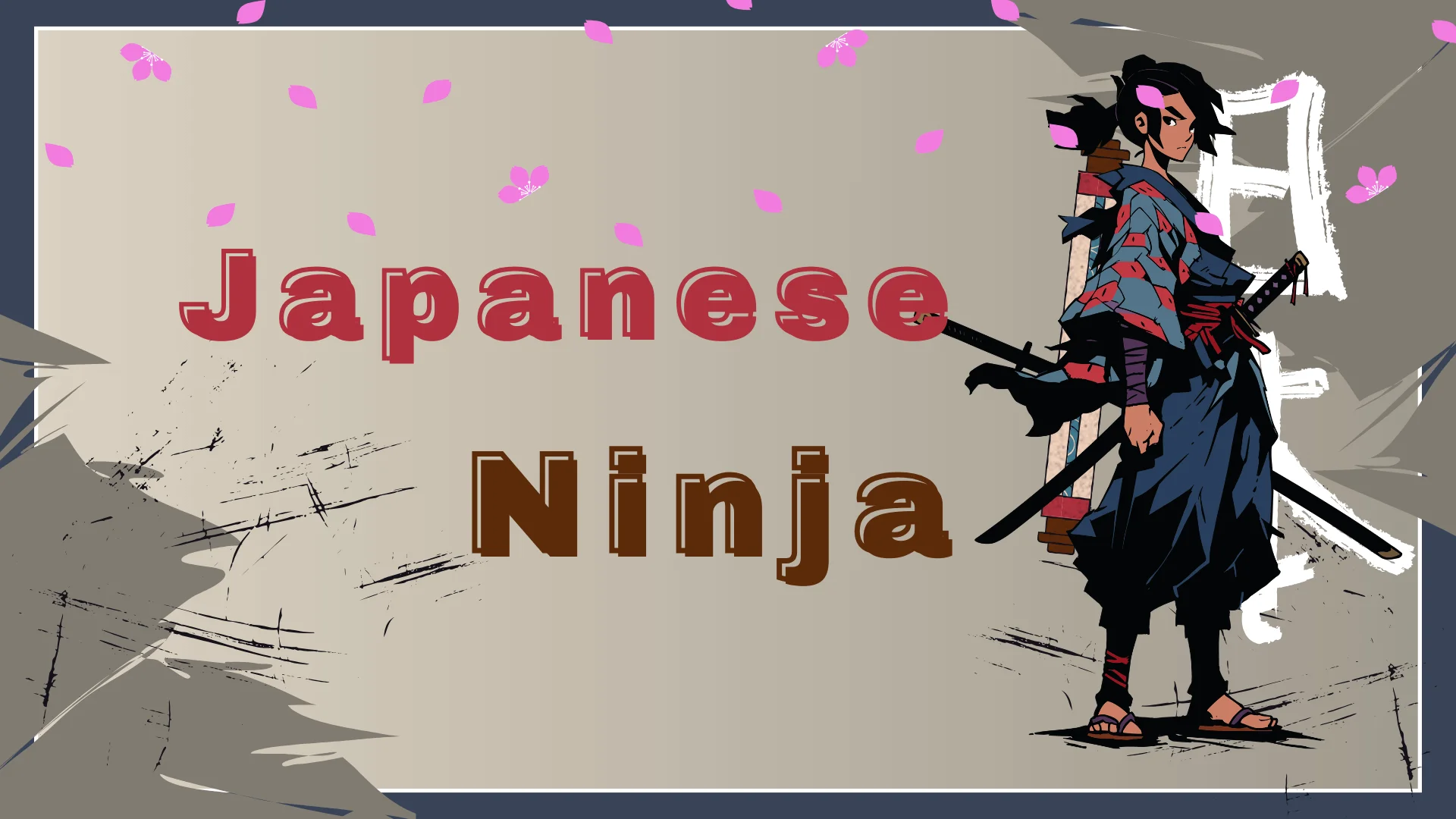
What is a Ninja in Japan?
In the Japanese language, "ninja" is derived from the attached nin and ja – though the term ninja historically refers to male practitioners, focusing on stealth and infiltration. Nin translates to "endurance", but has evolved over the centuries to incorporate meanings of hiding and stealth. Ja is an alteration of sha, meaning "person". Thus, ninjas are those with endurance and stealth skills - in short, "stealth warriors".
What is a Female Ninja Called?
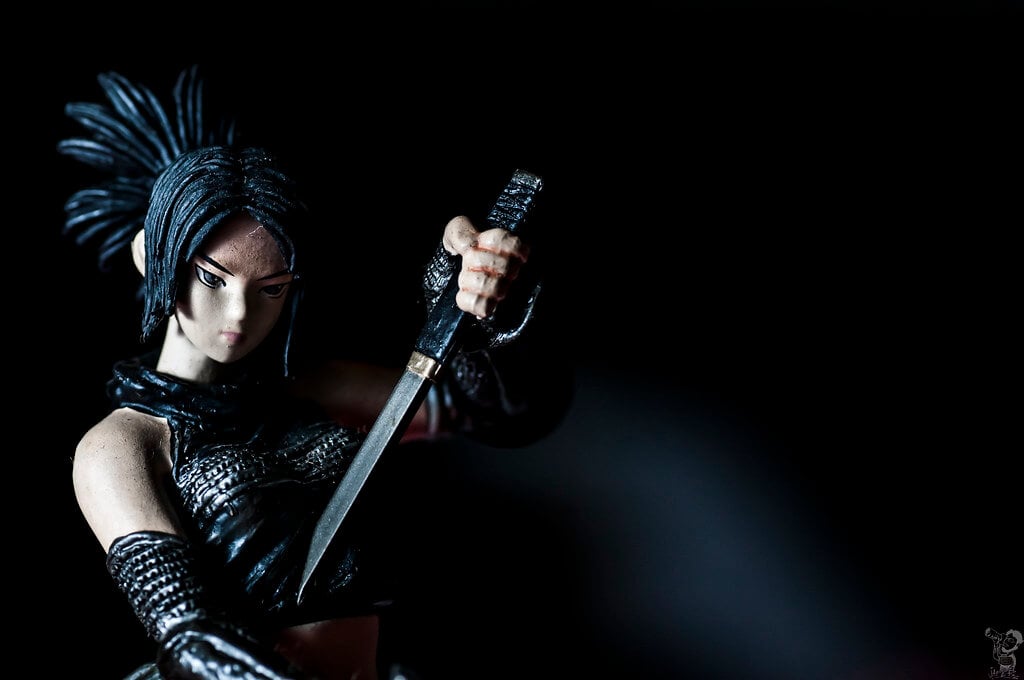
Kunoichi, which translates to "woman of the land," and is often shortened to "kuno", is the term used in reference to female ninja. Besides the presence of some highly capable women in ninja clans, female ninja were believed to have an easier time infiltrating enemy ranks, and could find much information by manipulating the people around them.
But ninja were far more than spies. They were an underground class of martial artists and mercenaries, with skills suited to warfare in Japan's medieval era., including espionage, assassination, and battlefield trickery. This was especially common in the chaotic Sengoku period – though the ninja's historical origins can be traced back even further, to the 1100s.
Peeling back the layers to reveal the true nature of these shadowy warriors can be something of a shock for those who've grown up with the cinema version of the ninja. To prepare you, here's a guide to the reality of historical ninja, and how that differs from modern pop culture portrayals.
What Are the Three Types of Ninjas in History?
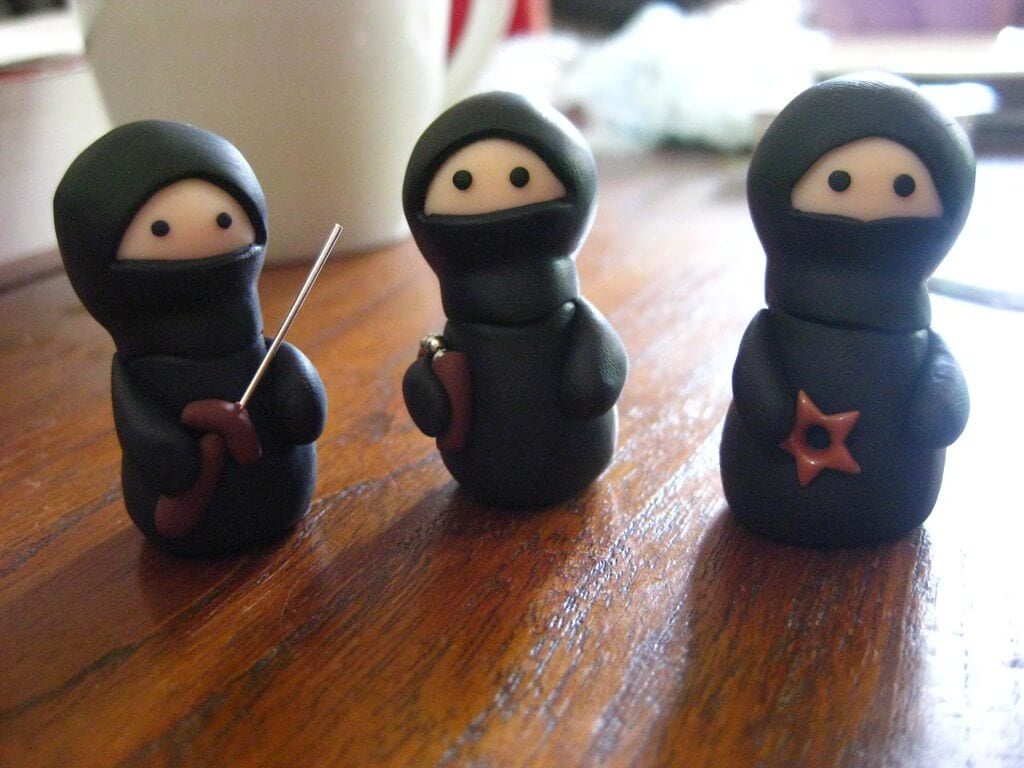
In practice, ninjas had different skills and roles, but were long divided into three main classes:
Jōnin: The highest rank, usually employed as leaders and planners.
Chūnin: Middle rank – often used as messengers and organisers.
Genin: The lowest rank – pawns sent in to carry out missions.
This structure helped demarcate roles in a ninja clan. They were, after all, still soldiers in someone’s service – only their operations had to be kept as secret as possible.
So, even though real ninjas no longer exist, how many ninjas are there now?
While the profession may have died out, real-life ninja techniques and beliefs remain a part of Japanese tradition, continuing to thrive within the country’s martial arts heritage.
The Difference Between Modern Ninjas and Traditional Ninja in Japan
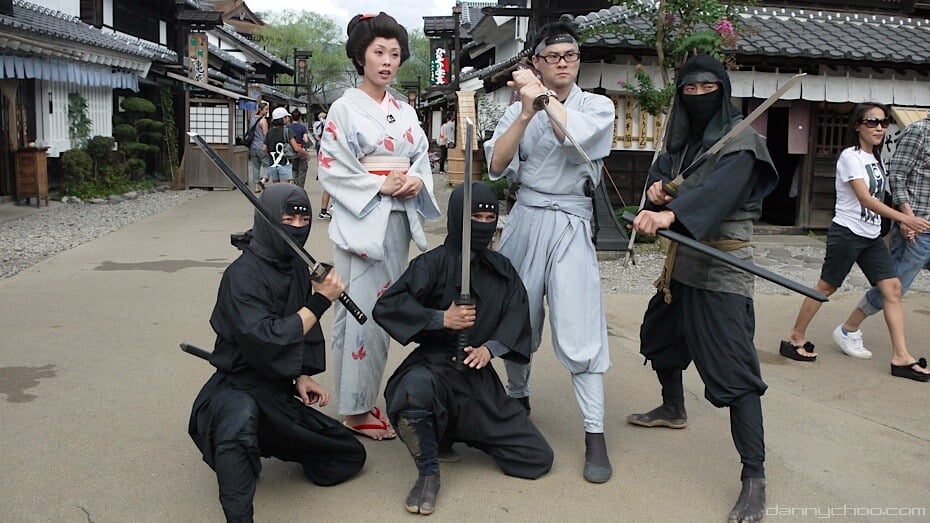
Even today, the term "ninja" is somewhat universalized, referring to anyone especially skilled or adept in some specific field – from sports to academics. But, the specter of the historical ninja lingers, with modern adaptations still found in popular culture, or in styles like ninjutsu.
In fact, with no need to ground themselves in reality, media can often make its ninjas more almost superhuman in capability, something the historical clans could have never approached.
Still, the ninja of yesteryear existed in a much harsher reality of periods of civil war, where assassination and espionage were as important as being able to swing a sword. The transition from soldiers of shadow to pop cultural touchstone represents a considerable shift in identity.
The Most Famous Ninja in Japan
While historical records and simple history-mangling blur the distinction between which ninja can be called "the best" or "the strongest", characters like Hattori Hanzo remain among the most famous. A loyal and skilled ninja, Hattori served the shogun Tokugawa Ieyasu, and aided him in becoming the ruler of all Japan during the 1600s.
And outside the pages of history books, the ninja still have a grip on the Japanese imagination. Countless anime and manga have revolved around them, from Naruto which builds an entire village around the shinobi, to Basilisk, a series pitting two warring ninja clans against one another to determine the heir of the declining Tokugawa shogunate.
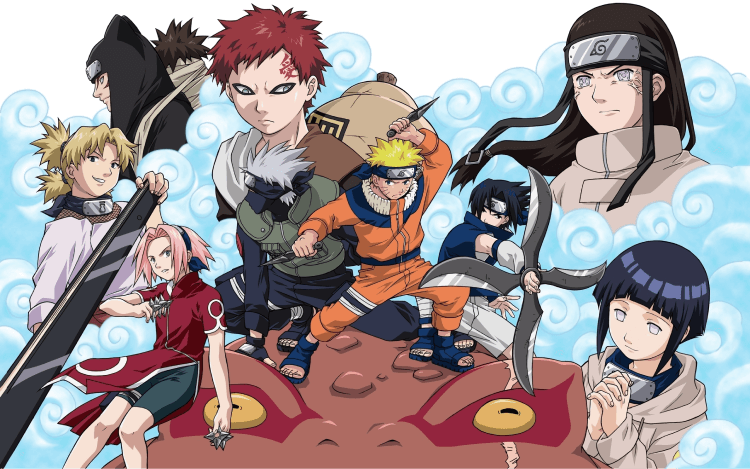
In the hearts of works such as these still burns the flame of the enigmatic warrior, capturing a real historical figure in the mists of modern fantasy.The popularity of these works is such that you can even find many related Japanese souvenirs during your trip.
Where Can You See Ninja?
If you want to get up close and personal with samurai and ninja history, here are some of the best places to visit:
Iga-Ueno Ninja Museum, Mie Prefecture
Edo Wonderland, Tochigi Prefecture
Samurai and Ninja Museum, Kyoto
Togakushi Ninja Museum, Nagano Prefecture
You can explore a variety of exhibitions and interactive experiences at these locations, including:
Live Demonstrations: Talented performers will showcase the martial arts and stealth skills of ninja, providing a thrilling demonstration of their combat abilities up close.
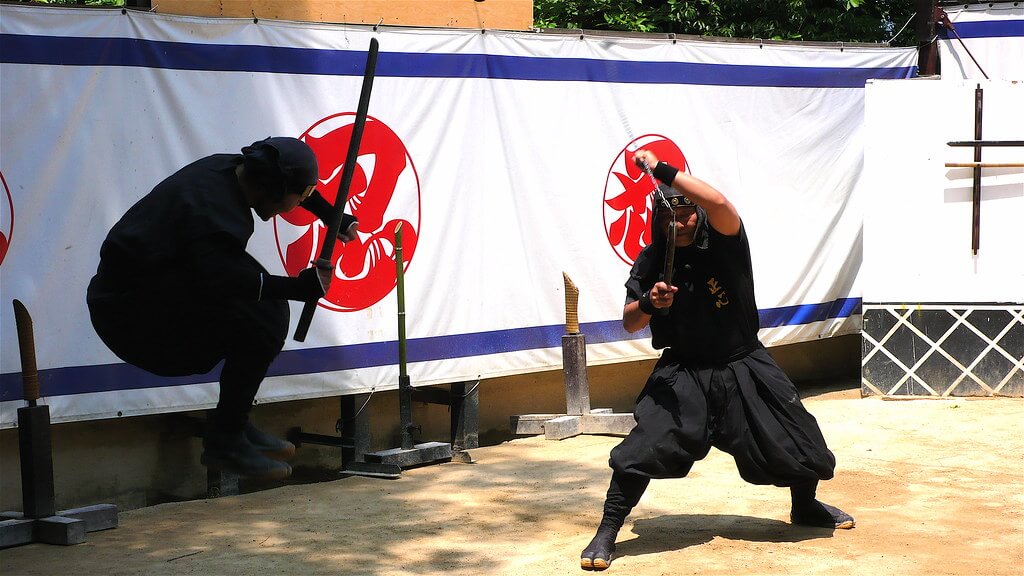
Exhibits: See authentic ninja tools, costumes, and other items up close and learn more about the tools of the trade.
Interactive Activities: Get in on the fun with various ninja-themed activities – maybe you'll find you have a knack for handling shuriken (ninja stars) or for walking silently as the night wind!
FAQ
Are Ninjas Better Than Samurai?
It's tough to make a direct comparison; samurai were soldiers bound by honor, while ninja – due to their secretive role – became legends for their skills in espionage, assassination, and sabotage.
Why Did Samurai Get Rid of Ninja?
As Japan began to modernize and centralize, the roles that ninja filled in society (such as satellite intelligence-gathering and specialized combat forces) began to diminish, and so too did their influence on the world stage.
Could a Ninja Marry?
Of course; ninja were people outside of their work, and many had families and other work they did to help disguise their spy careers.
Did Samurai and Ninjas Have the Same Religion?
As working operators and holders of secret-knowledge, ninja typically adhered to beliefs that suited their worldly roles, meaning shrines and temples were places they'd visit, but they evaluated each on a task-by-task basis.
Summary
Ninjas exert a potent power over the popular imagination, the image of the shadow warrior serving resonant in the modern world.
But exploring their history reveals a picture as complex as the ninjas themselves, at once both less glory-saturated and yet more humanizing. To understand ninja is to understand Japan itself.
Join us as we uncover the truth to the shadow warrior's culture with a journey through history.
